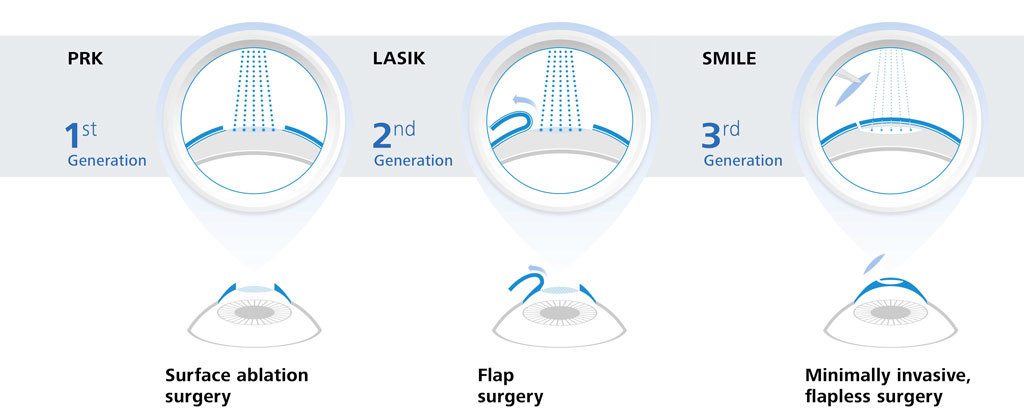Eager To Learn When Your Child Should Be Examined By A Pediatric Ophthalmologist? Discover The Warning Signs Of Vision Issues And Essential Strategies For Their Eye Health

Staff Writer-Wright Krogh
As a parent, you might question when your youngster should see a pediatric ophthalmologist. It's important to acknowledge the indicators of possible vision issues, like squinting or frequent frustrations. You'll wish to make certain your youngster obtains the appropriate evaluations at vital ages. Recognizing these guidelines can aid you take proactive steps for their visual health. However what particular signs should you search for, and what remedies are offered?
Common Indicators of Vision Problems in Kid
When you see your child scrunching up your eyes, rubbing their eyes, or battling to focus on far-off things, it could be time to consider their vision health and wellness. These signs can indicate underlying concerns that require interest.
You may likewise see them avoiding analysis or close-up jobs, often tilting their head, or suffering headaches after institution. If your kid seems easily sidetracked or has trouble following moving things, it might signify a vision trouble too.
Additionally, if they often cover one eye or experience trouble with deepness understanding, it's vital to act. Being positive concerning these signs can bring about timely interventions, guaranteeing your kid's vision establishes appropriately and supporting their knowing and day-to-day activities.
Pediatric Eye Exam be reluctant to consult a pediatric optometrist if you're worried.
Age-Specific Guidelines for Eye Examinations
Eye exams are critical at different phases of your kid's growth, and understanding when to arrange them can make a large distinction.
For infants, it's suggested to have their first eye exam at six months. Children's Eye Health Programs capture any prospective problems at an early stage.
As your kid approaches age three, an extensive test is essential to assess their vision and eye placement.
Once they begin college, around age five or six, guarantee they've an additional test to check for vision changes that can influence discovering.
After that, routine eye tests each to 2 years are normally adequate, unless your youngster has specific issues or threat factors.
Staying aggressive with these guidelines assists preserve your child's aesthetic health for a lifetime.
Solutions for Common Pediatric Vision Issues
Resolving typical pediatric vision issues early can significantly enhance your kid's lifestyle and learning experience.
If your youngster has problem with nearsightedness or farsightedness, restorative glasses or get in touch with lenses can help them see clearly.
For problems like amblyopia (lazy eye), therapies like patching the more powerful eye can enhance vision in the weak one.
If your kid has strabismus (gone across eyes), choices like vision therapy or surgery may be necessary to straighten the eyes.
Routine eye exams are important for keeping track of these problems and readjusting therapies as required.
Motivate healthy and balanced eye routines, like limiting display time and making sure appropriate lights while analysis.
Verdict
In conclusion, watching on your child's vision is vital. Keep in mind to arrange their very first eye test by 6 months, and follow up at age 3 and about five or six. If you notice indicators like scrunching up your eyes or grievances of migraines, do not wait-- seek advice from a pediatric optometrist. Early discovery and customized services can make a huge distinction in your youngster's visual wellness and general well-being. Act now to ensure they see the world clearly!

